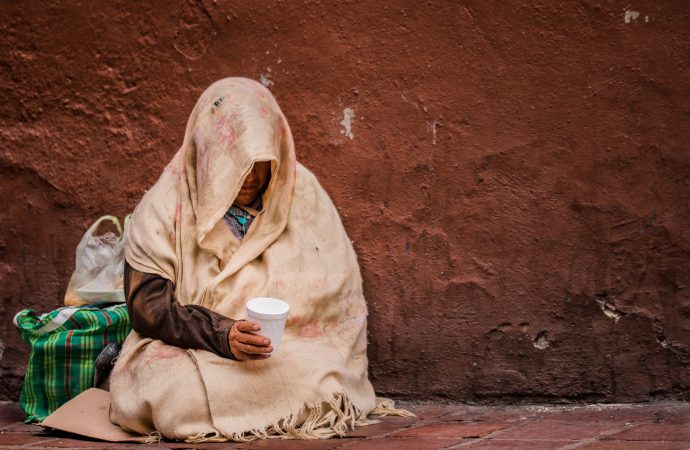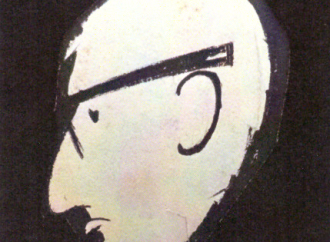In its first five months in office, the Liberal government has captured the world’s attention, never losing an opportunity to proclaim that “Canada is back.” In a blog a few months ago, the McLeod Group lamented the new government’s lack of attention to global poverty, wondering just how far “back” Canada really is.
Expectations were low, but the federal budget released on March 22 provides little concrete encouragement in the area of international development. In a section ambitiously titled “Restoring and Renewing International Assistance,” the government commits to increasing the International Assistance Envelope (IAE) by $256 million over two years – mere peanuts in relation to its other initiatives. The Harper government’s IAE reached $5 billion six years ago in 2010–11 and the Trudeau government does not plan to even match that level until next year. If we take into account inflation, the Liberals are further still from the modest goal of “restoring” foreign aid levels, which the Conservatives slashed in recent years.
On foreign aid, the Canadian government still refuses to put its money where its mouth is. In 2014, Canada was only the 16th most generous donor among Western industrialized countries. Not much to brag about. Without a significant financial increase, we will remain a laggard. Even a 50% boost in the aid budget wouldn’t get us to the OECD’s average country effort. It will be very hard to achieve the budget plan’s goal of “strengthening Canada’s place in the world” if we refuse to contribute even an average share of development assistance, let alone lead by example. Even the announced “renewal of key peace and security programs” will come from existing resources, not new funds.
Canada’s weak fiscal situation is a lousy excuse for such stinginess. Some countries are far more generous than Canada, despite much worse deficits, notably the United Kingdom. Money may be short, but political will is shorter still. After all, the new budget admirably allocates over $8 billion “to improve the socio-economic conditions of Indigenous peoples and their communities and bring about transformational change.” A similar effort is required to fight poverty on the global scale.
The budget did include some encouraging words on the topic of “renewing” Canadian aid, including the promise of “refocusing its international assistance on the poorest and most vulnerable.” This did not come as much of a surprise, as that phrase was included in the Minister of International Development’s mandate letter, released late last year, but it is not any clearer what that will entail. The budget also repeated the earlier promise to review Canada’s aid policy framework, including via broad-based consultations.
Many questions remain about the Liberal’s intentions for Canada’s development assistance, including the fate and funding levels of many Conservative initiatives, including:
- Maternal, newborn and child health (“the Muskoka Initiative”), for which the Trudeau government previously promised to fill existing “gaps,” principally funding for contraception and abortion
- The linking of Canadian aid to the activities of Canadian mining companies
- The Development Finance Initiative
- The Civil Society Partnership Policy, which the Harper government adopted but unfortunately never implemented.
There is no word yet either on what the Canadian government intends to do to support, among other things:
- The Global Goals and the 2030 Agenda for Sustainable Development, adopted last year at the United Nations
- Gender equality, which should be a priority for a feminist prime minister – because it’s 2016, after all
- A strong role for development cooperation within the merged Department of Global Affairs.
In short, Budget 2016 did not provide much in ways of funding or new directions for development assistance. The government states that it “is committed to strengthening Canada’s place in the world,” but does not seem able to articulate what Canada will do with that extra strength to fight poverty and inequality around the world, nor how it will support its efforts to do so. As a result, for the time being, Canada’s foreign aid is likely to closely resemble what is has been under the Harper government. If Canada is indeed “back,” then it is only insofar as a return to our previous deficient efforts in this area. For more concrete ideas and plans, as well as, crucially, more funding, we might be left hanging until Budget 2017.
This article was originally published by The McLeod Group.










